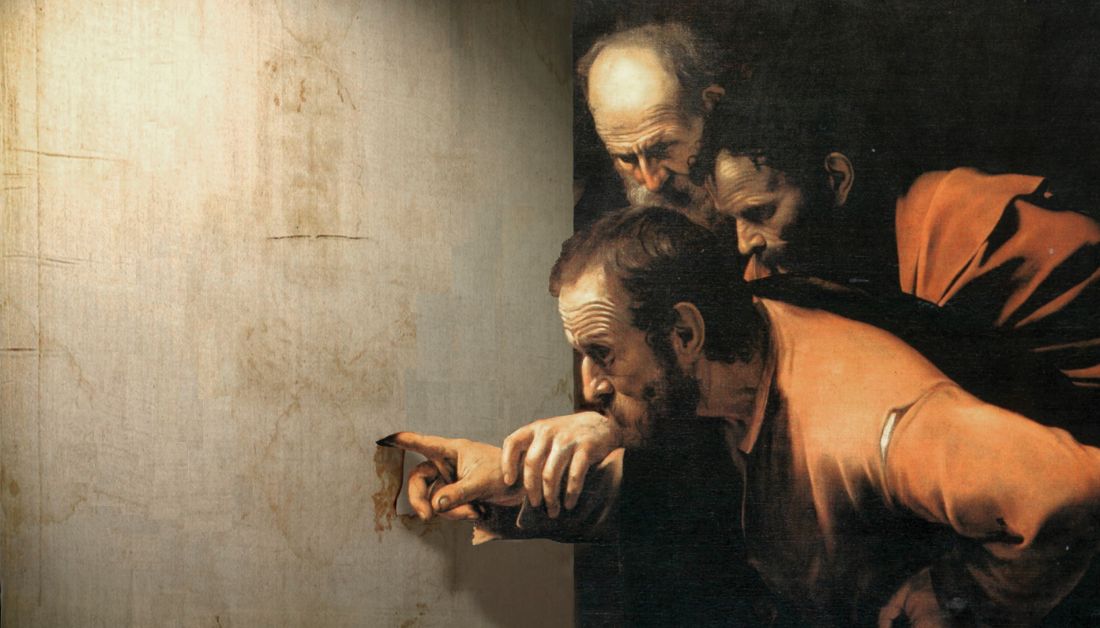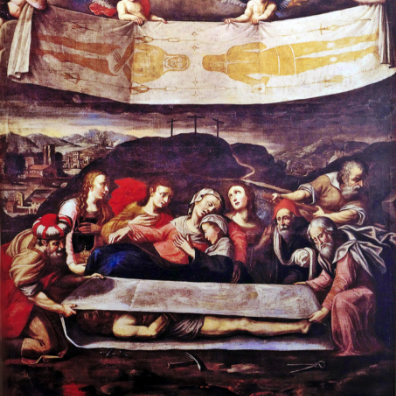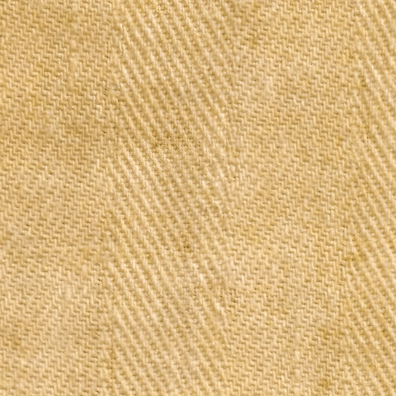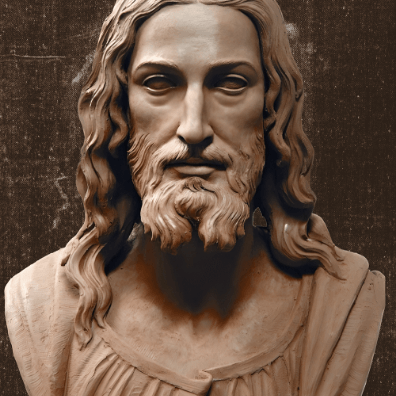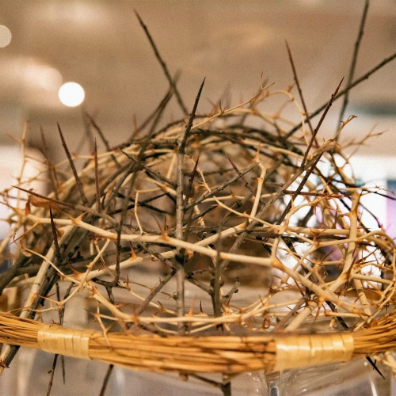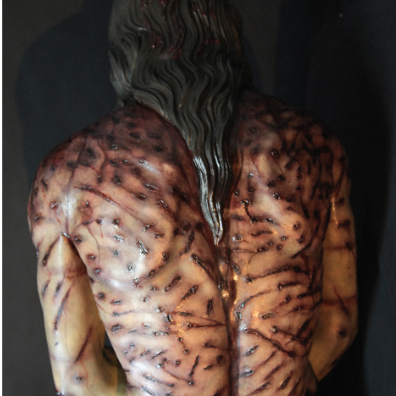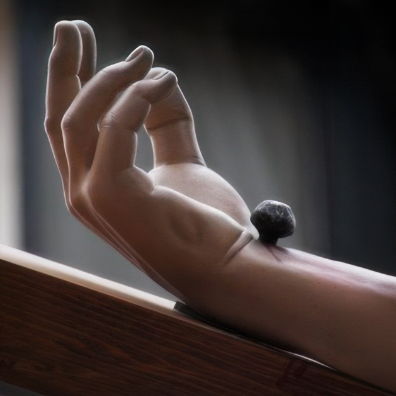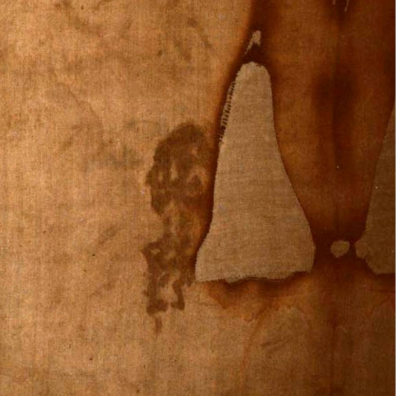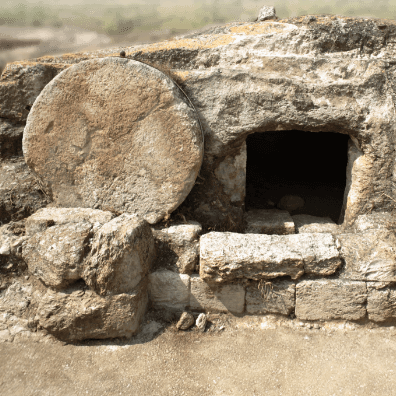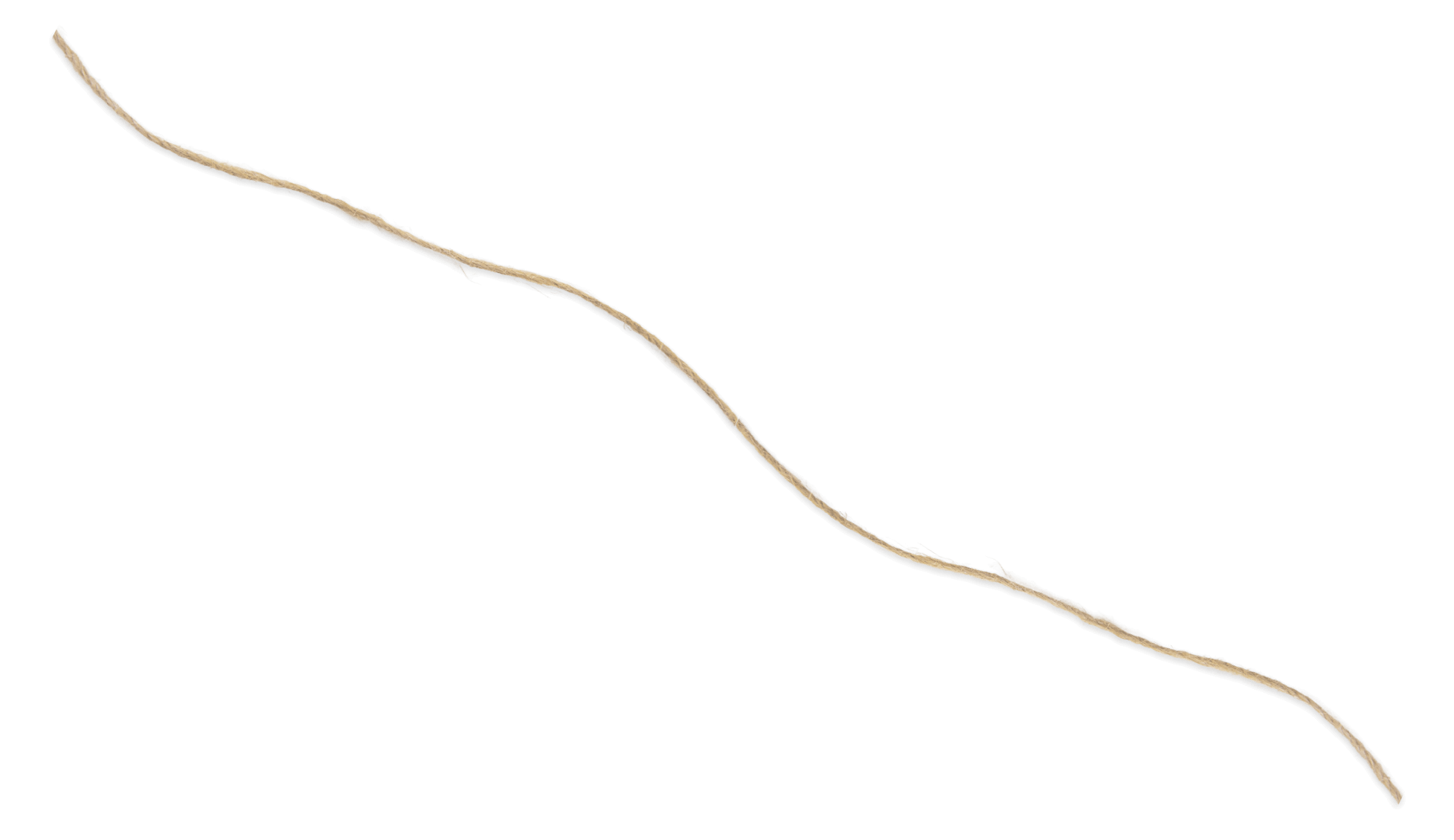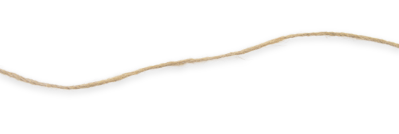When we think of the Resurrection, we think of the empty tomb. But in the Gospel of John, the story focuses on the burial cloths.
According to Christian tradition, John himself was the “beloved disciple” who watched Jesus die on the cross. He saw Jesus taken down and wrapped in a burial shroud. Three days later, John discovered the same shroud in the tomb. The body had disappeared and the shroud was lying flat, as though it deflated like a balloon.
John described this moment in a very particular way: he “saw” and believed.
In fact, when John tells this story he uses the verb “to see” three times in just four verses—but not in the same way each time. You’ll only catch it in the original Greek, but it’s key to understanding the Shroud. So let’s walk through the story line by line.
Picture Peter and John running out to the empty tomb. John reached the tomb first. He leaned down and looked in, but he didn’t go inside.
The Gospel says he “bent down and saw.” In Greek, the verb for seeing is blepo. It refers to the basic act of seeing or noticing something.
Then Peter caught up with John. Without hesitation, Peter stepped down into the tomb. He saw the burial cloths, taking it all in.
Here the verb for “seeing” is the Greek word theoreo. It means a more deliberate, thoughtful gaze—like a careful examination. Peter saw the burial cloths – the large linen burial cloth and the face cloth folded up separately. He was beginning to understand that he was seeing empty burial cloths with no body wrapped inside.
Finally, John stepped into the tomb. He tells us that when he did, “he saw and believed.” Now the verb is horao. This “seeing” is like a moment of revelation, like a spiritual insight. John didn’t just see the cloths physically, he “saw” what they meant. He saw and believed.
Notice how John wasn’t moved to believe by a vision of Jesus. He was moved to believe by the burial shroud. The same shroud that wrapped Jesus in death became the witness to his Resurrection.
The Gospels record that Jesus appeared to many people after the Resurrection. He invited his disciple Thomas to probe his wounds and believe. Today, the Shroud of Turin invites us to probe its mysteries and open our eyes to look deeper.
So the question is: How do you look at the Shroud? With the eyes of science, or faith, or a blend of both?

